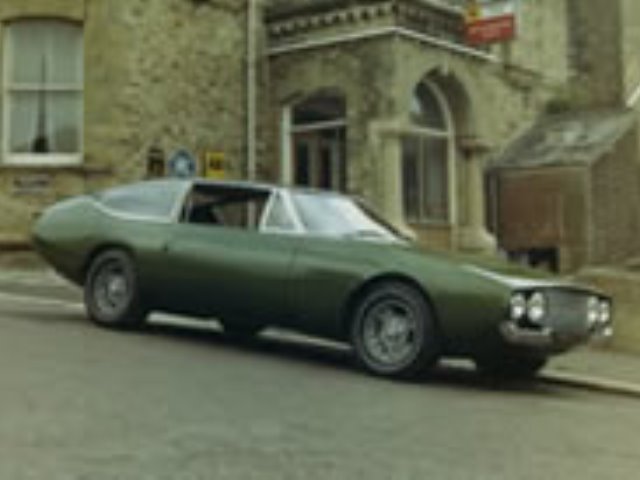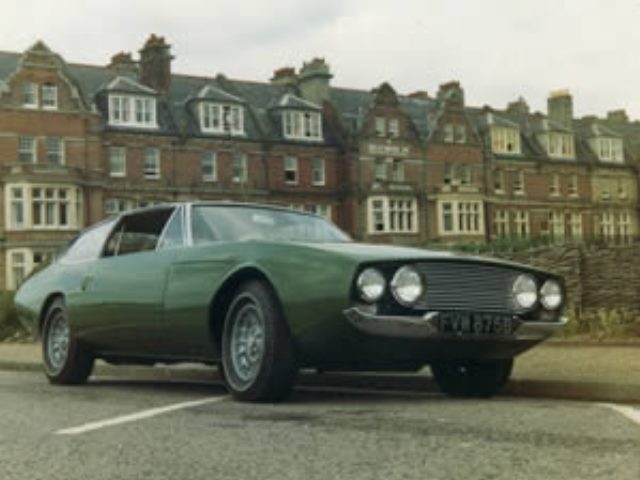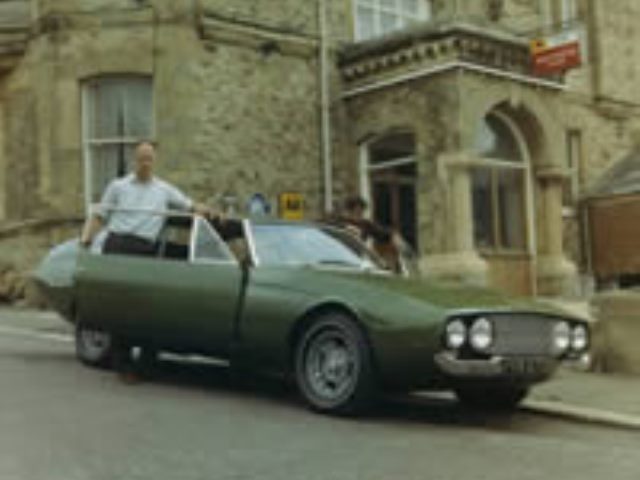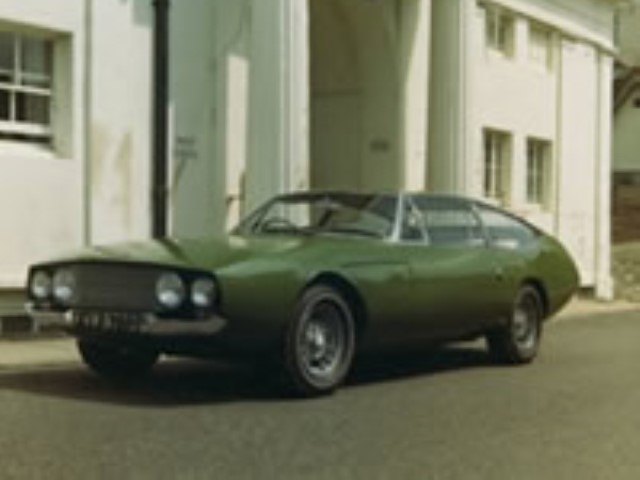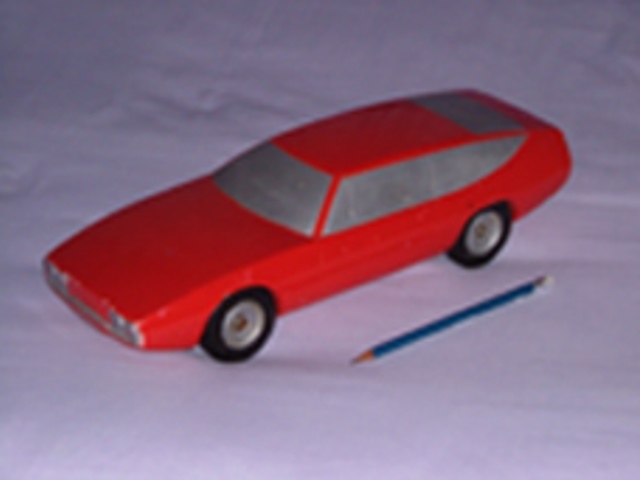Jenson
The Jenson Esperando as the car is now named is a special body built around a CV8 chassis and engine for a Jenson enthusiast who liked the shape of the Lamborghini Espada. The body was designed by car designer Bob Curl who at the time was chief designer for Nomad Racing cars based in Rye, East Sussex. Hastings Motor Sheet Metal Works were asked to carryout the bodywork. With the old CV8 body removed work began to build the new body work from full size section drawings that were made from a clay model.
Construction began by erecting a plywood frame to get the correct lines of the car, then square section tubing made up the frame for the new body. One of the design features that made the car unusual, was the curved side windows. These were a problem to have made that made building the car a particularly challenging project. The result was a car that had beautiful lines that turned heads on every street corner. The car was named the Esporando in memory of the Jenson Esporanda that was never produced.
The photos, although slightly faded, show the car after it was completed in 1971 in it's original colour. The car has been restored again since then as it had been neglected and has now been resprayed beige. Having been restored the car never looked complete because it had lost it's front bumper and the team that restored the car had no idea that a bumper existed. Eventually, the car returned to Hastings Motor Sheet Metal Works after the current owner found out where it was originally built when it was recognised at a car show. A new bumper was made and now the car once again looks complete. The car was a feature in Autocar magazine in April 1980.
One of the pictures (right) shows the fibre glass scale model from which the full size car was made.




